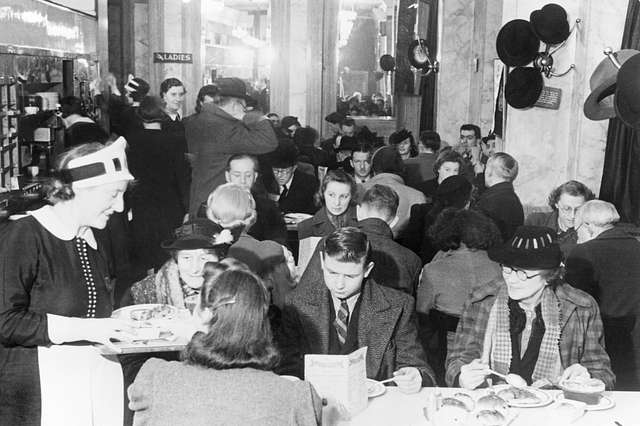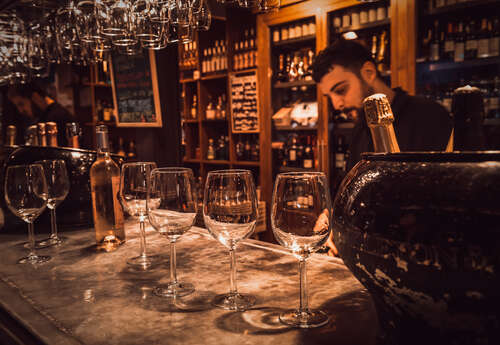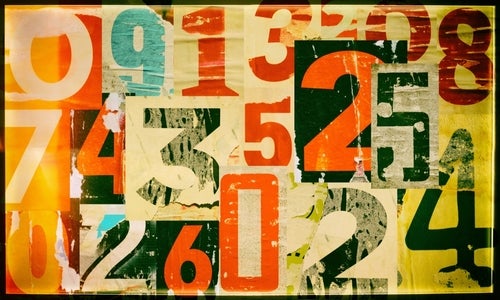An eminent wine writer emailed the Champagne & Sparkling Wine World Championships (CSWWC) about last year’s results, claiming, “It’s all very well saying the best English sparkling wine is in a Jéroboam. I’ve never even seen one. Who has? The real competition is between 75cl bottles, the size everyone actually has. Marking magnums as consistently better makes the whole show seem unreal.”
The Jéroboam in question was, of course, Nyetimber Classic Cuvée. I am somewhat surprised that our wine writer friend (and he is a friend) has never seen a Jéroboam of Nyetimber, but his argument is better summed up by the last two sentences: “The real competition is between 75cl bottles, the size everyone actually has. Marking magnums as consistently better makes the whole show seem unreal.” I cannot imagine he is alone in thinking this, so its implications deserve examination.
Judging at 75cl
While we encourage magnums, we do not ignore 75cl bottles. How could we? As pointed out, the vast majority of bottles sold are standard 75cl, which is why most CSWWC entries are 75cl (83% in 2020, for example), and that is proof that ours is a “real competition” between 75cl bottles.
That is not to ignore the effect of intrinsically superior magnums on the CSWWC’s results. Last year, we received 180 entries in magnum, which is a much higher proportion than any other competition, yet it represents only 17 percent of all entries. Nevertheless, this relatively small share of the entries was responsible for no less than 50 percent of all gold medals and 50 percent of all Best in Class awards. These percentages are pretty much the same every year, but contrary to our friend’s assertion that this “makes the whole show seem unreal,” we believe the opposite. It is the only competition that reveals the reality of sparkling-wine quality. Our function is not to maintain the status quo of the market but to shift consumers to higher quality—not by blindly following our results, but through an understanding of where, why, and how that higher quality exists. No one should be complacent about a market flooded with 75cl bottles. We need to explain why magnums are a bigger game-changer for sparkling wines than they are for any other style and to dare consumers to be brave and bold when embracing the larger bottle format. Magnums are not just for big dinner parties; they can be for couples, for everyday drinking, and after opening can be kept in a fridge as easily as 75cl bottles.
The effect of magnums
Sparkling-wine producers have always known that magnums are intrinsically superior, yet they have never attempted to get that message across, and despite a recent growing awareness, it remains very much a mystery to most consumers. That is why the CSWWC continues to promote magnums and use their disproportionate success in the competition every year to authenticate the magnum effect as fact, not opinion. If you Google the phrase “magnum effect,” you get 4,820 hits. This embarrassingly small result demonstrates just how much work there is still to do, but if you Google the phrase “magnum effect” and restrict the search to pre-2014, when the CSWWC began, you get just 24 results, and most of those refer to a certain type of ice cream. Try to find books, articles, blog posts, or social media highlighting the benefits of magnums over bottles prior to 2014, and the story is very similar, yet its dissemination has become almost de rigueur among the more knowledgeable commentators today. The CSWWC does not claim to be the only one responsible for this increased awareness, but it is proud to have contributed to the discussion, and this “makes the whole show real” as far as its chairman is concerned.
Low-scoring 75s
The other side of the coin to the disproportionately high success of magnums at the CSWWC is how it shines the spotlight on the quite extraordinary performance of the disproportionately low success of 75cl bottles. If a standard bottle can win a gold medal in the company of gold-winning magnums, it is a well-won gold indeed. But if it goes on to trounce such superb magnums and pick up a Best in Class award in the process, it’s a miracle!
It is not just consumers who benefit from the CSWWC’s encouragement of magnum entries. Producers do, too. Based on the competition’s data, if a magnum wins gold, a 75cl of exactly the same wine should win at least silver. This is fairly intuitive, particularly with the same judges tasting all the wines year in and year out. But if a 75cl of exactly the same wine does not win at least a silver (and a small yet significant number do not), the producer really does have a problem. The lower the score, the bigger that problem is. Once alerted, producers know that in order to identify the cause and rectify it, they must examine and compare everything (processes, components, transport, storage, timings, and environments) from the point of bottling, up to shipment of both magnum and standard-bottle formats.
Jéroboams v magnums v 75cl
Although the CSWWC accepts all bottle formats from 75cl upward, it does not exactly encourage Jéroboams or even larger bottle formats, simply for practical purposes. To avoid any misunderstanding, Jéroboams are undeniably superior to magnums, but due to wine-O2 ratios, the difference in quality is nowhere near as great as that between magnums and standard 75cl bottles.
When it comes to sparkling wine, size really does matter, providing that the second fermentation has taken place inside the vessel in which it is sold. If the second fermentation takes place in a tank or the wine is transfer-method, the difference in quality between standard and large-format bottles is little different than it is for still wine.






